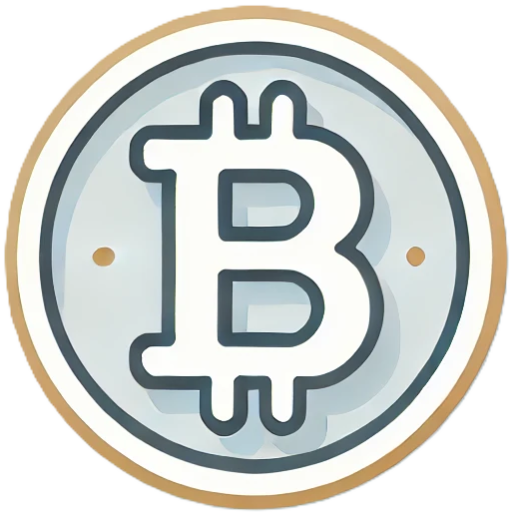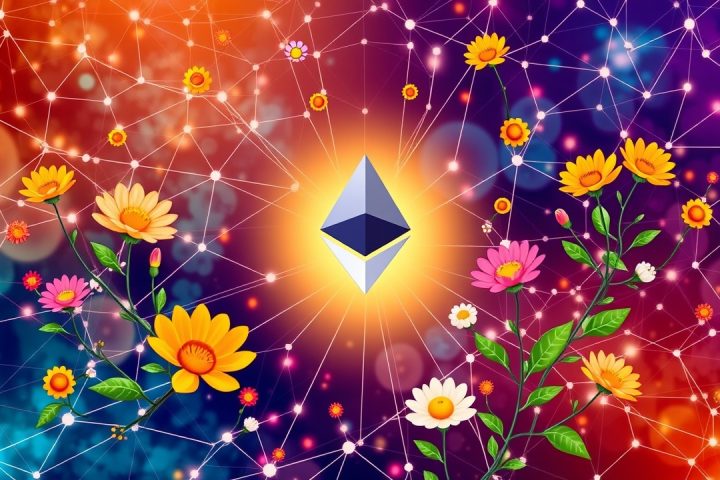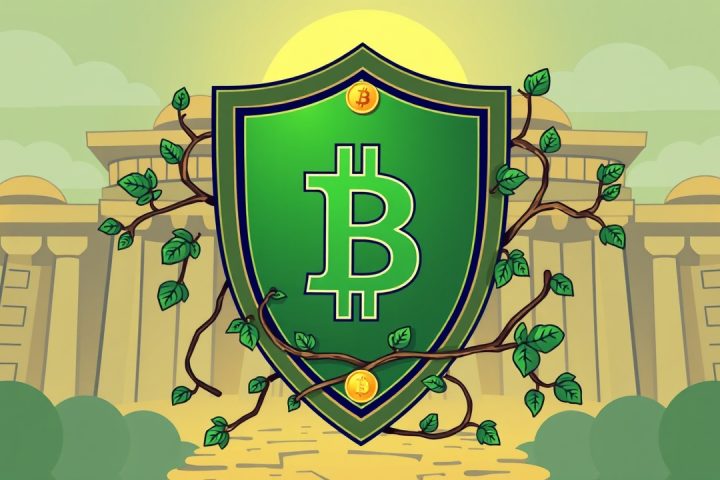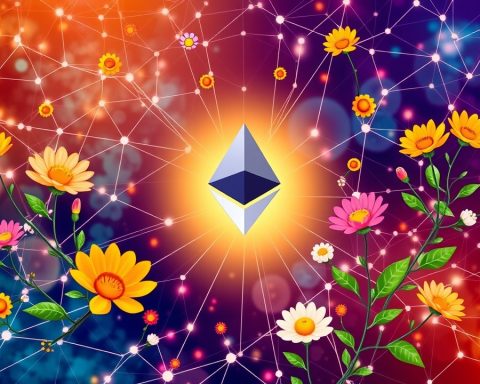The Rise of $METHANE and the Alkanes Protocol
In recent months, the Bitcoin ecosystem has been invigorated by the rise of $METHANE, the inaugural token from the Alkanes protocol. Witnessing a meteoric ascent from a market cap of $1 million to over $10 million, this development has drawn attention from various communities and influential figures, highlighting a revitalization akin to the surge of interest in Bitcoin’s ecological protocols seen in 2023. Currently, $METHANE maintains a steady market value above $10 million, garnering comparisons to $ORDI. Although daily price fluctuations of such magnitude are relatively common in ecosystems like Solana and Binance Smart Chain (BSC), within the Bitcoin landscape, these changes resonate like thunder, stirring excitement and optimism for future developments.
Genesis of the Alkanes Protocol
The genesis of the Alkanes protocol, which many have dubbed “Runes 2.0,” can be traced back to the original Runes framework. Initially proposed by Casey, the creator of the Ordinal protocol, in September 2023, Runes was intended as a solution to the prevailing BRC20 token model criticized for its inefficiencies—particularly high gas fees and network congestion caused by JSON inscriptions.
By leveraging Bitcoin’s UTXO model and the OP_RETURN opcode, Runes aims to facilitate an efficient and streamlined mechanism for token issuance, thereby enhancing network performance while alleviating congestion. As of April 2025, the Runes ecosystem has flourished, featuring thousands of tokens in circulation and several standout projects achieving noteworthy market valuations. However, Runes faces several challenges, including its relatively simplistic application scenarios compared to more developed ecosystems like Ethereum and Solana, which have attracted significant investment and attention.
The Launch of the Alkanes Protocol
In light of these challenges, the Alkanes protocol emerged, officially launching on March 18, 2025. It positions itself as an application-layer meta-protocol designed to enable smart contract functionality on Bitcoin’s first layer. This ambition is pursued through the Protorunes protocol and OP_RETURN outputs, facilitating the growth of decentralized applications (dApps) within Bitcoin’s infrastructure.
Technically, Alkanes employs the Rust programming language to create smart contracts, compiling them into WebAssembly (WASM), which are then stored as compressed files on the Bitcoin blockchain using witness scripts. This approach ensures both efficient launching and execution of smart contracts. Integrating features from both Runes and the Ordinals protocols, Alkanes works with the Metashrew indexer to provide verifiable on-chain asset management and state visibility, which is integral for robust trust protocols and state machines.
Challenges and Renewed Interest
While the initial excitement surrounding Alkanes saw vigorous discussions within the Bitcoin community, sustaining that interest proved challenging amidst the evolving landscape. However, partnered with iDclub, Alkanes has experienced renewed interest, suggesting its potential to reignite the Bitcoin ecosystem’s vitality and signal the beginnings of a DeFi resurgence.
Emergence of RSM (Runes State Machine)
The narrative does not end with Alkanes; another significant player has emerged—RSM (Runes State Machine). Proposed by Mikael in June 2024, RSM offers a Turing-complete state machine for executing programmable Runes on Bitcoin, marked by a surge in its own token valuation, reaching tens of millions.
RSM’s architecture focuses on enabling decentralized computing and governance, translating UTXO and state machine interactions through various mechanisms while ensuring security through Bitcoin’s consensus. This programmability offers unique advantages to the Runes protocol, increasing its DeFi capabilities while nurturing a community-driven, open ecosystem.
A Thriving Future for Bitcoin’s Ecosystem
Although Alkanes and RSM function separately, both contribute significantly to addressing liquidity challenges within Bitcoin and the broader pursuit of decentralized finance. As the Bitcoin ecosystem’s potential continues to unfold, the initiatives surrounding Runes 2.0 promise to catalyze developments that could enhance Bitcoin’s relevance in the ever-evolving landscape of blockchain technology and DeFi.

















